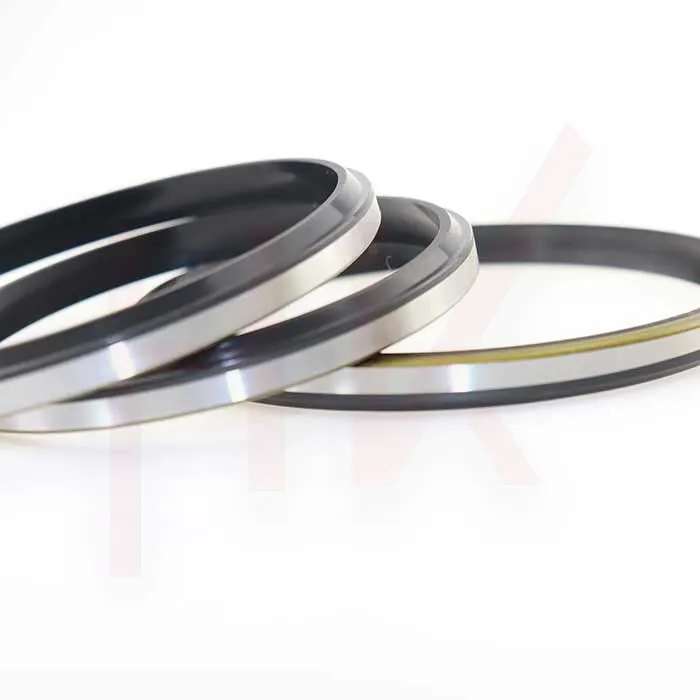10 月 . 12, 2024 03:57 Back to list
Effective Solutions for Rotary Shaft Seal Applications in Industrial Machinery and Automotive Systems
Understanding Rotary Shaft Seals Essential Components for Machinery
Rotary shaft seals are critical components used in various machines and engines to prevent the leakage of lubricants or fluids while protecting the internal parts from contaminants. These seals play a significant role in maintaining the efficiency and lifespan of equipment across many industries, including automotive, aerospace, manufacturing, and oil and gas.
What is a Rotary Shaft Seal?
A rotary shaft seal, often referred to as a lip seal, is a mechanical device designed to contain fluids within a rotating shaft assembly. Typically made from rubber, plastic, or elastomeric materials, these seals are engineered to fit tightly around the rotating shaft. They create a barrier that resists leakage while also accommodating the shaft's motion. By providing a low-friction interface, rotary shaft seals enable smooth operation of machines, which is essential for performance.
Components of a Rotary Shaft Seal
A rotary shaft seal consists of several primary components
1. Seal Lip This is the main sealing element, typically shaped like a lip that makes contact with the rotating shaft. The design and material of the seal lip are crucial for effective sealing. 2. Body The body of the seal provides structural integrity and often contains reinforcing materials like metal or hard rubber to withstand high pressure.
3. Spring A spring may be incorporated into the design to maintain pressure against the seal lip, ensuring a consistent seal against the shaft's surface and accommodating wear over time.
4. Dust Exclusion Lip Many rotary shaft seals include a secondary lip designed to prevent dirt, dust, or other contaminants from entering the seal's inner area, which could compromise its functionality.
Applications of Rotary Shaft Seals
Rotary shaft seals are ubiquitous in the machinery landscape, serving various functions
1. Automotive Applications In vehicles, these seals are commonly found in differentials, transmissions, and engines. They help contain motor oil, transmission fluid, and coolant, preventing leaks that could lead to mechanical failures.
rotary shaft seal

2. Industrial Machinery In manufacturing equipment such as pumps and motors, rotary shaft seals maintain lubricant retention, ensuring machines operate smoothly and efficiently while minimizing downtime.
3. Aerospace and Aviation These seals are vital in aircraft engines and hydraulic systems, where they prevent fuel and hydraulic fluid leaks, promoting safety and reliability.
4. Oil and Gas Industry Rotary shaft seals are employed in drilling equipment and pumps to ensure that hazardous fluids do not escape into the environment while providing a barrier against external contaminants.
Factors Influencing Rotary Shaft Seal Selection
When selecting a rotary shaft seal, several factors must be taken into account
1. Operating Conditions The temperature, pressure, and type of fluid involved dictate the material and design of the seal. For example, high-temperature environments may require seals made from specialized materials like fluorocarbon rubber.
2. Shaft Speed The rotational speed of the shaft can affect the seal's performance. High-speed applications may require specific design features, such as a hydrodynamic profile, to reduce wear.
3. Media Compatibility The chemical compatibility of the seal material with the fluids being contained is critical. Exposure to aggressive chemicals can cause deterioration of the seal and lead to failure.
4. Installation Requirements Proper installation is essential for the effective functioning of a rotary shaft seal. Engineers must consider the ease of installation, alignment, and allowances for thermal expansion during operation.
Conclusion
Rotary shaft seals are indispensable components in many mechanical systems, playing a crucial role in fluid containment, contamination prevention, and overall equipment efficiency. Their ability to withstand a range of operating conditions while providing a reliable barrier makes them vital in countless applications. Understanding the intricacies of rotary shaft seals, their design, materials, and operational parameters, empowers engineers and maintenance personnel to select the right seal for their specific applications, ensuring machinery operates seamlessly and reducing the risk of costly failures. By prioritizing the integration of high-quality rotary shaft seals, industries can guarantee longevity, efficiency, and safety in their mechanical systems.
-
The Power of Advanced Sealing: High-Pressure Solutions for Modern Machinery
NewsOct.29,2024
-
Optimizing Machinery with High-Performance Oil Seals
NewsOct.29,2024
-
Maximizing Machinery Efficiency with Advanced Oil Seals
NewsOct.29,2024
-
Ensuring Equipment Longevity with Quality Oil Seals
NewsOct.29,2024
-
Enhance Equipment Performance with Quality Oil Seals
NewsOct.29,2024
-
Custom Oil Seals for Specialized Machinery Needs
NewsOct.29,2024
-
The Role of Wiper Seals in Dust Sealing and Oil Protection
NewsOct.20,2024
Products categories
















